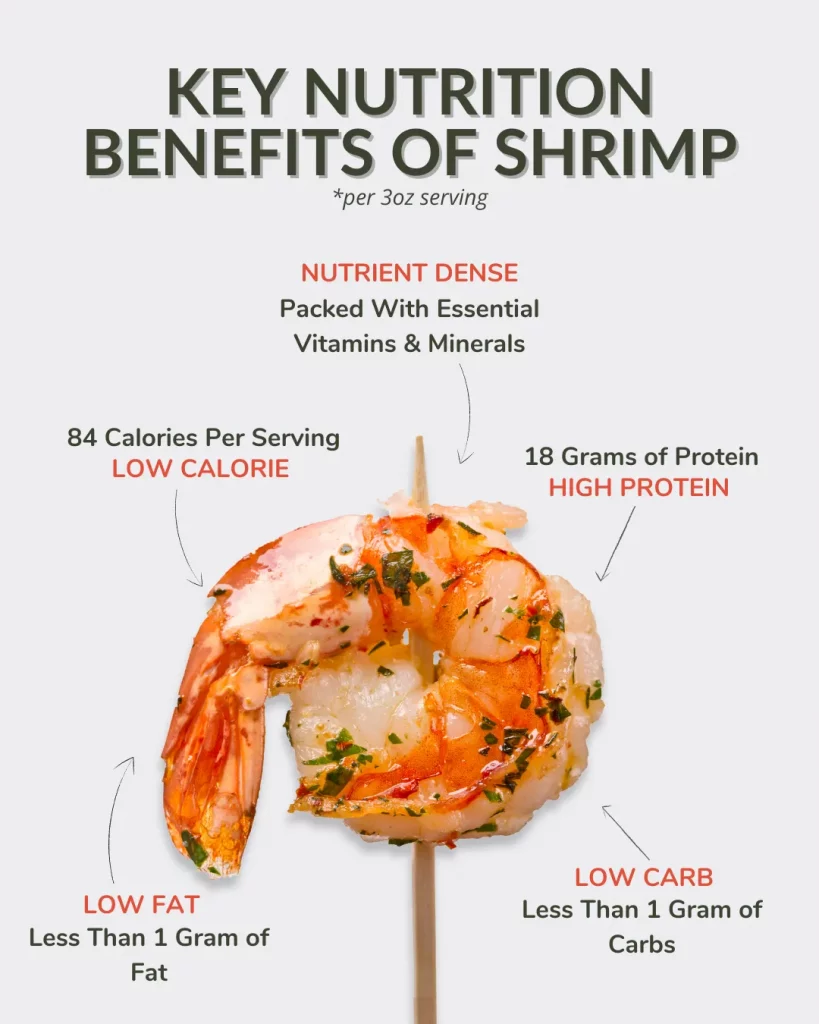
From smoky grilled skewers to chilled salads, tacos, and stir-fries, shrimp’s sweet, clean flavor plays well with citrus, garlic, herbs, and spice—making it an easy upgrade to countless dishes. At NC Seafood Restaurant in Raleigh, our Calabash seafood experts are taking that crave-able taste a step further by exploring the nutrition behind shrimp.
Use this quick guide to shrimp calories, carbs, protein, cholesterol, and more so you can enjoy your favorite preparations with confidence.
Table of Contents
How Many Calories Are In Shrimp?
A 3-ounce serving of cooked shrimp (about 12 medium, 8 large, or 3 jumbo) has roughly 84–90 calories. That makes shrimp a low calorie seafood compared to many other foods. It’s a good choice when you want satisfying protein without a lot of extra calories.
How Many Calories In One Shrimp?
A medium shrimp averages about 7 calories, while a large shrimp is closer to 9–10 calories. Jumbo shrimp calories land around 14 each depending on exact size. These small numbers make portion control simple when tracking shrimp calories.
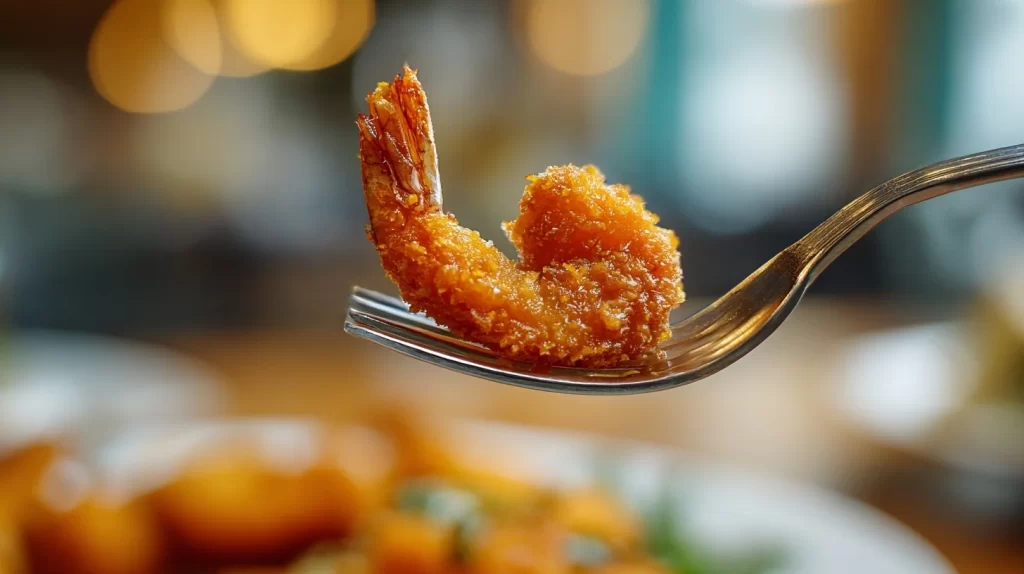
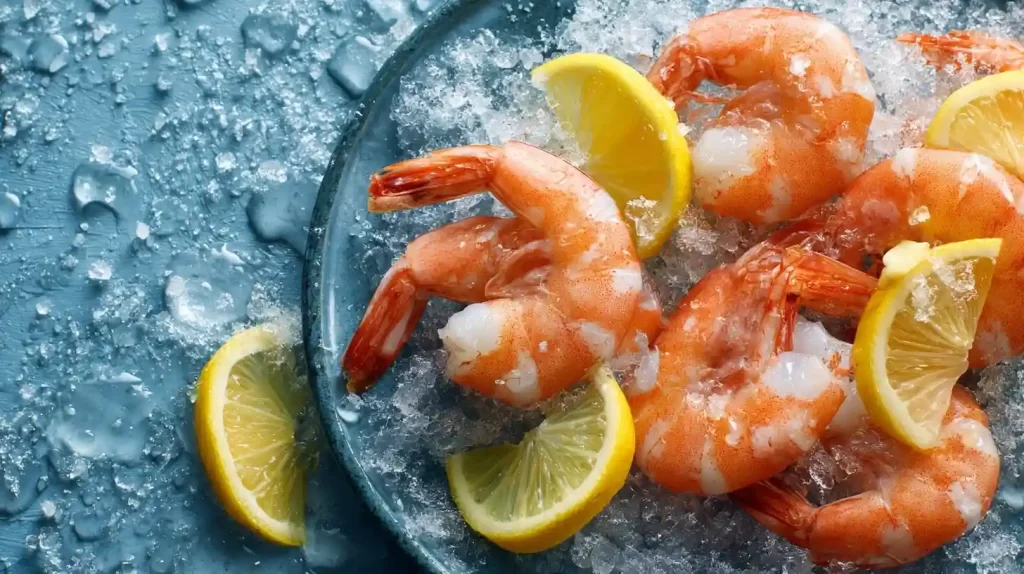
Calories In Boiled Shrimp
Expect 84–90 calories per 3 ounces when boiled without added butter or sauces. This method keeps seasonings light and the nutrition intact. It’s great for salads, tacos, and chilled shrimp platters.
Calories In Grilled Shrimp
Calories in grilled shrimp are usually 85–95 calories per 3 ounces, depending on oil used. A quick brush of olive oil or spice rub adds flavor without many extra calories. Grilling also delivers a smoky char that complements fresh herbs and citrus.
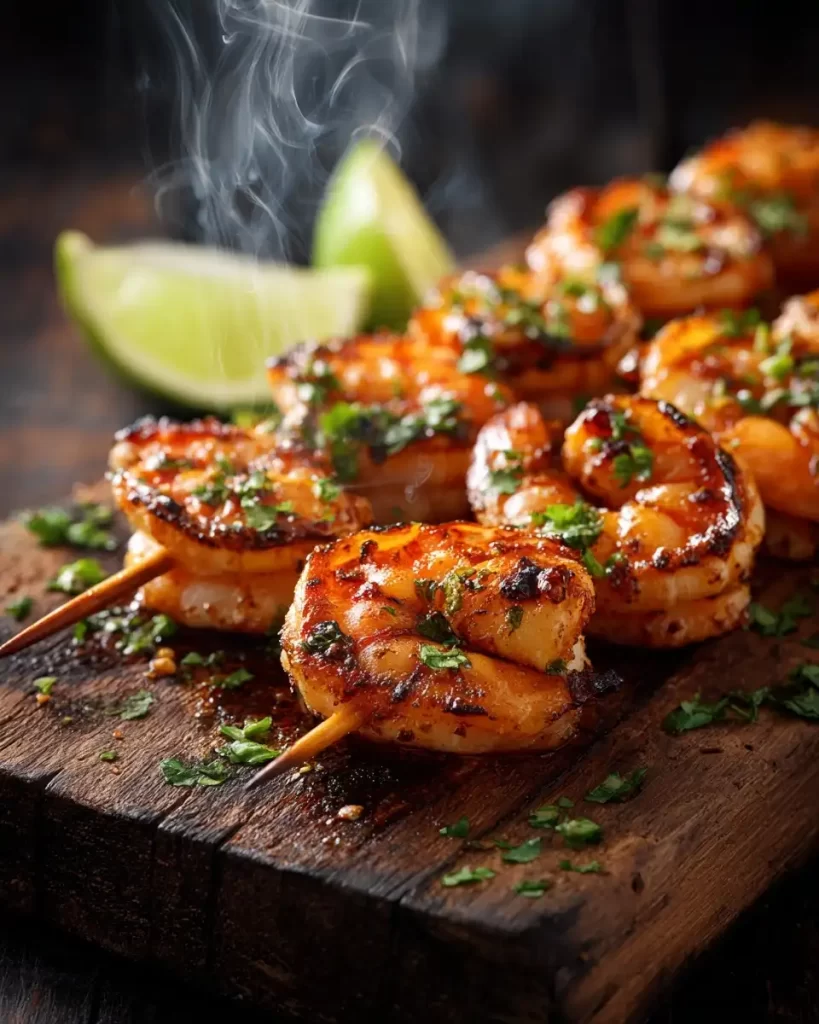
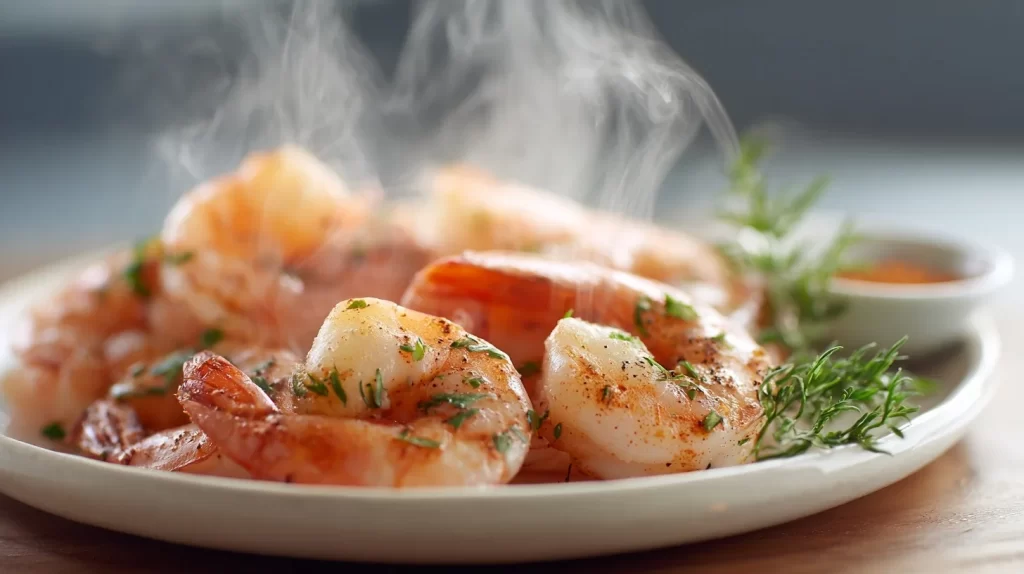
Calories In Steamed Shrimp
Plan for 84–90 calories per 3 ounces of shrimp, similar to boiling. Steaming preserves tenderness and makes it easy to control sodium. Add lemon, garlic, or Old Bay to boost flavor without adding many calories.
Calories In Fried Shrimp
Fried shrimp is higher in calories than boiled, grilled, or steamed because batter and oil add extra energy—plan on about 200–250 calories per 3-ounce serving (vs 84–90 unbreaded). A single large breaded fried shrimp usually lands around 25–40 calories, depending on size and coating.
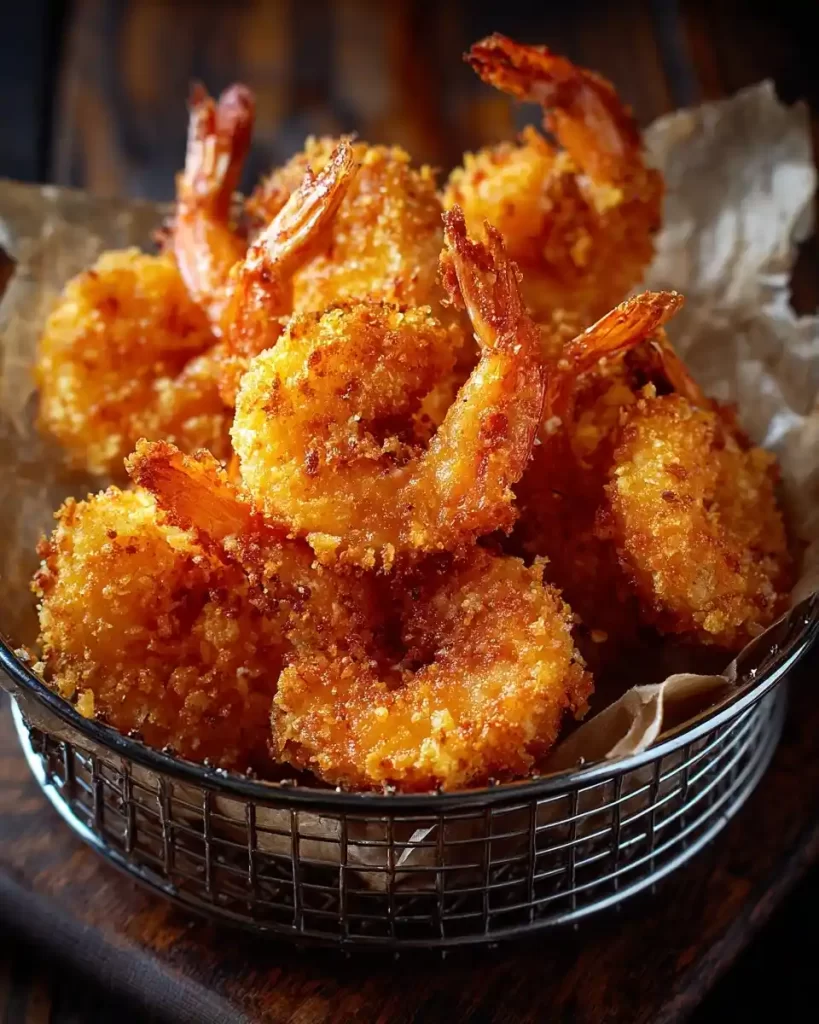
For a lighter take, the ideal choice is to prepare your shrimp by air-frying, grilling, or steaming methods.
How Many Carbohydrates Are In Shrimp?
Shrimp contains less than 1 gram of carbohydrates per 3-ounce serving. That means carbs in shrimp are effectively negligible for most meal plans. It’s easy to pair shrimp with vegetable sides or salads for balanced, low-carb plates.
Do Shrimp Carbs Change Based on Cooking Method?
Whether you choose cooked shrimp that’s boiled, grilled, or steamed, the carb count stays nearly the same. Added carbs usually come from breading, sauces, or sides rather than the shrimp itself. For low levels of carbs, skip heavy breading and instead choose fresh herbs, citrus, and spices to add flavor.
How Much Protein Is In Shrimp?
Shrimp provides about 6 grams of protein per ounce, making it a high quality protein source with essential amino acids. The protein in shrimp supports muscle repair, immune function, and daily energy needs.
A medium shrimp offers roughly 1.5–2 grams of protein, while a large shrimp is closer to 2–3 grams. Counting by the piece helps when assembling skewers, salads, or bowls. It also makes it easy to estimate totals for your preferred serving sizes.
What Benefit Does Shrimp Protein Offer?
Protein increases fullness, which can reduce snacking between meals. Because shrimp is both low calorie and protein-dense, it helps you meet daily protein goals without a lot of extra calories. That balance supports weight maintenance and active lifestyles.
Shrimp Fat, Dietary Cholesterol, and Heart Health
Shrimp are naturally low in saturated fat but do contain dietary cholesterol content. For most people, overall eating patterns and preparation methods influence blood cholesterol levels more. Here’s how shrimp can fit into heart-healthy meals—and what to consider if you’re managing heart disease risk.
Low Saturated Fat and Omega-3s Support Heart Health
Shrimp is naturally low in fat, with minimal saturated fat per serving. It contains small amounts of omega-3s that support heart health and may help reduce risk factors for heart disease. As part of a balanced diet, shrimp can fit into heart-smart eating patterns.
Dietary Cholesterol vs Blood Cholesterol Levels
A 3-ounce serving has about 160 mg of dietary cholesterol, which sounds high at first glance. For most people, dietary cholesterol has a smaller impact on blood cholesterol levels than saturated fat patterns. Focus on cooking methods—like grilled or steamed—to keep saturated fat and calories in check.
When to Be Cautious Eating Shrimp
If you’re managing cholesterol or heart disease with a clinician, follow their individualized guidance. Keep sauces, butter, and fried preparations moderate to avoid unnecessary saturated fat. Choosing steamed, boiled, or grilled shrimp over heavily breaded options helps you enjoy the flavor with less risk.
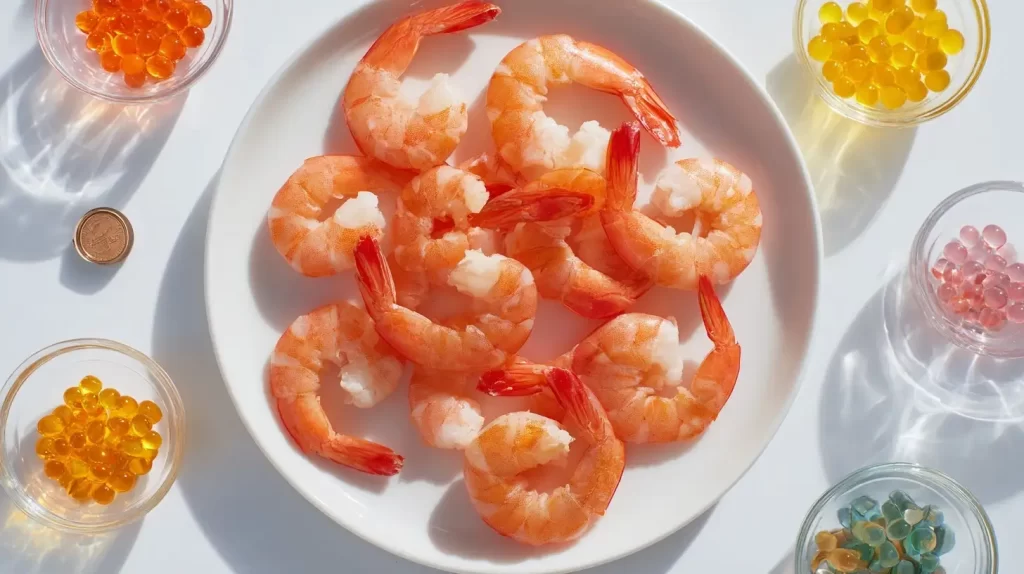
Vitamins, Minerals, and Antioxidants in Shrimp
Shrimp is a good source of vitamin B12, selenium, and phosphorus, and it also provides choline, zinc, and copper. These nutrients support energy metabolism, immune function, and normal nerve health. That nutrient density makes shrimp a smart, nutritious food choice.
Shrimp naturally contains antioxidant astaxanthin, which gives shrimp their pink color. Antioxidants help protect cells from oxidative stress. Alongside B12 and choline, astaxanthin supports a healthy body, including cognitive function and brain health, making it a great choice to include aspart of an overall healthy diet.
Shrimp Serving Sizes, Sourcing, and Safety
A pound of unpeeled shrimp yields fewer cooked ounces than a pound of peeled shrimp, so plan portions accordingly. As a general rule, 3–4 ounces of cooked shrimp per person works well for salads or pastas. For entrées, 6 ounces provides a heartier serving size without many extra shrimp calories.
Is It Safe to Eat Raw Shrimp?
Always cook shrimp to an internal temperature of 145°F until opaque and firm. Pregnant women should avoid raw seafood and choose fully cooked shrimp from reputable sources to reduce foodborne illness risk. When in doubt, select previously frozen or high-quality frozen shrimp and cook thoroughly.
Allergies to Shrimp and Other Shellfish
Shrimp belongs to the family of crustaceans, a common allergen category that includes crab and lobster. People with shellfish allergies should avoid shrimp and verify cross-contact procedures in restaurants. If you’re unsure about your risk, consult a healthcare professional before eating shrimp or other shellfish.
Wild Caught vs Farmed Shrimp
Wild-caught shrimp often have a firmer texture and brinier “ocean” flavor, though size and availability can vary by season and fishery. Farmed shrimp typically offers consistent sizing, year-round supply, and a friendlier price point—quality depends on responsible farming practices. For sustainability and safety, look for reputable sources and certifications (MSC for wild; ASC or BAP for farmed), and cook thoroughly to 145°F.
Cooked Shrimp Ideas for Healthy Eating
Here are simple tips to keep flavor high and calories low while trying your favorite shrimp recipes at home.
Choose Smart Cooking Methods
Grilled, boiled, and steamed shrimp keep calories in check compared with fried. Season with citrus, garlic, herbs, and spices instead of heavy sauces. These methods let shrimp’s natural sweetness shine and support heart health goals.
Choose Quality Sources
Buy fresh shrimp from trusted fish counters or choose frozen shrimp for convenience and quality. Cold water shrimp varieties tend to be sweet and tender, ideal for salads and light dishes. Whether fresh or frozen shrimp, look for a clean ocean scent and firm texture.
Focus on Balanced Meals for Overall Health Benefits
Add shrimp to salads, vegetable-packed stir fries, and whole-grain bowls for fiber and micronutrients. Light vinaigrettes, olive oil, and lemon keep sodium lower than heavy, creamy dressings. These combinations make cooked shrimp a flexible, nutritious food any night of the week.
Visit Our Raleigh Restaurant to Enjoy Calabash-Style Shrimp
Ready to savor shrimp that’s crispy, golden, and cooked to perfection? Even when served in fried varieties, shrimp nutrition provides protein content and other benefits that are healthy for your mind and body. Visit NC Seafood Restaurant at the State Farmers Market in Raleigh for Calabash-style jumbo shrimp plates—served hot with hush puppies, home fries, and coleslaw.
Order online from our take-out menu or stop by for a visit today.
